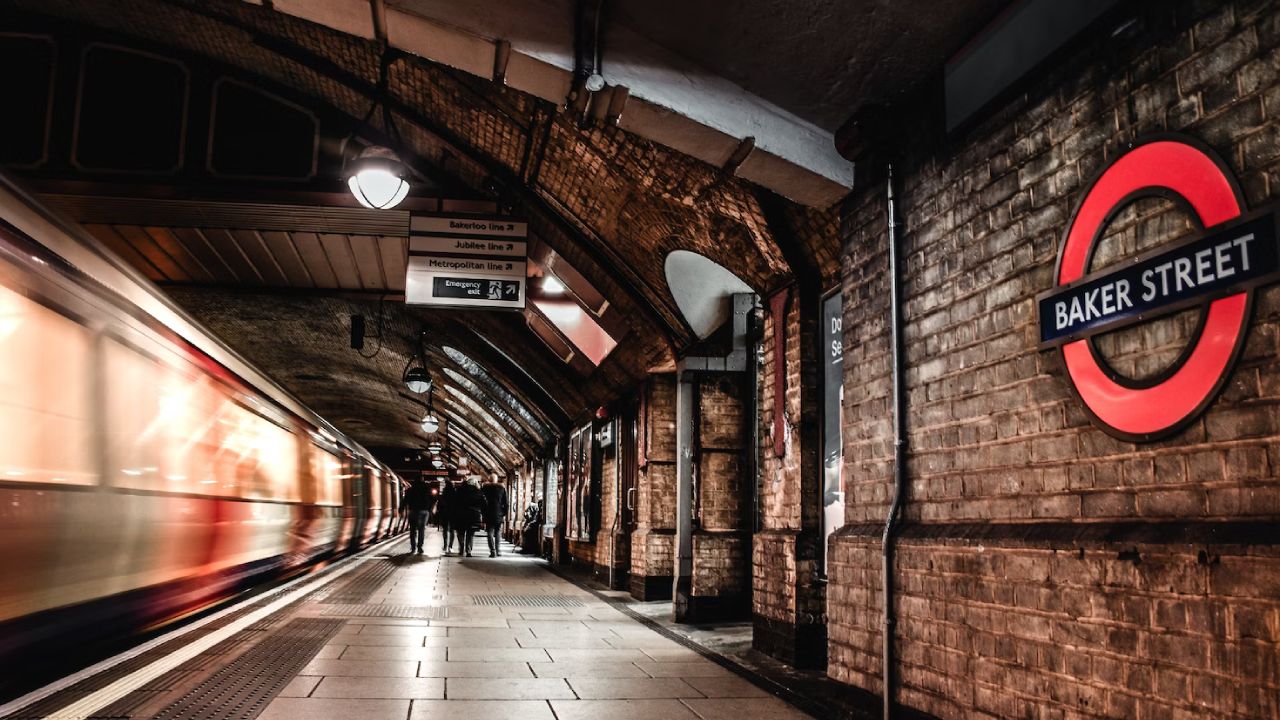10 Reasons Why Transport for London (TfL) Is The Perfect Case Study Digital Transformation

Page Contents
The transportation industry is decades old at this point, but even as we move closer to a digital reality, transportation has lagged behind other sectors. However, there’s one organization that’s looking toward the future. Transport for London (TfL) is open to digital transformation.
The Transportation Industry is Notoriously Slow to Change
The transportation industry isn’t the best at keeping up with change, especially when it comes to rail transport. Today, a typical train ride looks similar to what it was decades ago, but Transport for London and The Underground are trying to change this through digital transformation.
For the past few years, they’ve been using digital to improve its business model and value proposition to customers. Thanks to various types of technology, The Underground proves that reliability, transparency, connectivity, and accessibility are possible in the transportation industry.
How TfL is Transforming Itself With Digital Technology
The TfL is having one of the most significant transformations in the railways industry. By adopting the following technology, they’re improving the system for millions of people.
Internet of Things (IoT)
In recent years, London Underground has contracted Telent, Microsoft, and CGI to install sensors across the rail system. These sensors allow TfL to collect data that helps with predictive maintenance, reducing congestion, and streamlining or automating tedious manual processes.
Contactless Payments
Thanks to the Oyster smartcard, busses, and tube systems can now accept contactless bank cards and payment from mobile phones. It’s even possible to receive your contactless TfL travel receipt online via an Oyster account. You can use these receipts for tax purposes.
Access to Buss Seating
Previously, it was hard to know whether there were empty seats on the train, but changes in TfL trailing onboarding will make it possible to view what’s available. The trail will also offer free WiFi to passengers and warn bus drivers when cyclists or pedestrians are in their blind spot.
Automatic Tube Trains
While driverless trains aren’t currently operational, TfL has ambitions to make them a reality. Not only will this allow for more trains to run, but it can also increase the capital of TfL. However, they’ll need technology to monitor these trains and ensure they don’t harm or affect passengers.
Availability of Open Data
The inclusion of IoT has made it much easier for TfL to access the data they need to grow and maintain operations. Now, a lot of live information is shared freely with developers, leading to a number of apps that can help passengers monitor everything from schedules to arrival times.
Traffic Management
There’s an integrated control room in Southwark that watches every road in London remotely by roadside CCTVs. With this technology, controllers can override traffic lights to unblock traffic jams, but for the most part, the integrated control room is automated to avoid them entirely.
Real-Time Map Updated
There are several apps pedestrians can access to get real-time data on bus or train locations, which makes it much easier for them to plan their trips. The Tube Map App specifically offers line status and departures, network maps, journey planners, and important journey information.
Crowding Indicators
In London, they use “scoot” technology to keep traffic flowing. That same technology, considered a world first, will be used for pedestrian signals. Using cameras, “scoot” will detect waiting pedestrians and adjust the time they have to wait according to the cars on the road.
Virtual Reality (VR)
At Victoria Station, London Underground built a virtual reality environment that’s based on real train schedules and crowd movement. Using VR, The Underground can run simulations that assess how passengers will react in certain situations. It’s also used for training purposes.
Disability Support
Wayfindr is probably one of The Underground’s most innovative initiatives. Backed by Google, Wayfindr uses BLE beacons to help vision-impaired customers receive audio instructions through an app. Wayfindr is in its trial period, but it’s being ramped up in the near future.
In Conclusion…
There’s no denying that TfL is doing its best to use the technology available to them to completely change how passengers and employees interact with the transportation industry. With this attitude towards adaptability, we’ll likely see more innovation in the next decade.

Sean Michael is a writer who focuses on innovation and how science and technology intersect with industry, technology Wordpress, VMware Salesforce, And Application tech. TechCrunch Europas shortlisted her for the best tech journalist award. She enjoys finding stories that open people's eyes. She graduated from the University of California.